“`html
When it comes to expressing your creativity through art, mixed media techniques offer a versatile and exciting path. By blending traditional and new media art forms, artists can break free from conventional boundaries and create truly unique masterpieces. This comprehensive guide dives into the different types of mixed media art, exploring their characteristics, media techniques, and the role of technology in expanding artistic possibilities. From understanding what sets mixed media apart from traditional painting to assessing the criteria for effective mixed media art, this article provides valuable insights for beginners and seasoned artists alike. Join us as we delve into the fascinating world of mixed media techniques, including practical tips on materials, books, and innovative projects to inspire your artistic journey.
“`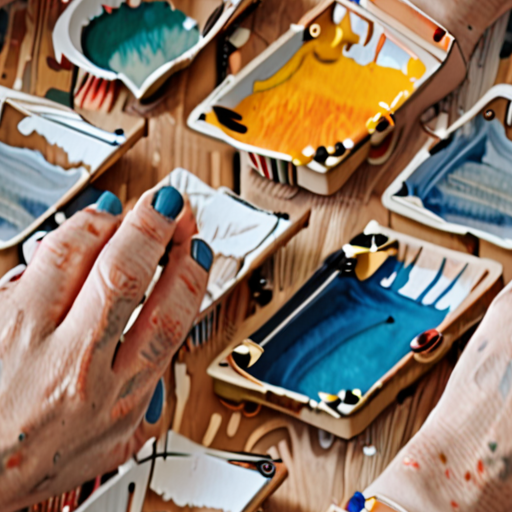
Types of Mixed Media Art
Mixed media art combines different artistic mediums and materials to create unique pieces.
-
Collage
A collage is a composition made from paper or other materials glued onto a surface.
-
Assemblage
An assemblage is a three-dimensional artwork created from found objects and materials.
-
Sculpture
A sculpture is a three-dimensional work of art created from a variety of materials, including clay, stone, metal, and wood.
-
Installation Art
Installation art involves creating immersive environments that engage the viewer’s senses and emotions.
-
Altered Book Art
Altered book art involves transforming a book into a unique piece of art through cutting, pasting, and other manipulations.
-
Wet and Dry Media Art
Wet and dry media art combines paint, ink, and other liquid materials with dry materials like paper and fabric.
These six types of mixed media art offer endless possibilities for creativity and self-expression.
Media Techniques
As an artist and art enthusiast, understanding media techniques is crucial for effective communication and engagement across various platforms.
- Storytelling
- Visual Design
- Persuasive Language
- Visual Design Principles
- Balance
- Contrast
- Emphasis
- Persuasive Techniques
- Repetition
- Analogy
- Emotional Appeal
- Media Platforms
- Television
- Social Media
Storytelling is a powerful media technique that involves conveying a message or idea through a narrative. It can be used in various forms, including written stories, videos, and images.
Visual design refers to the use of visual elements, such as color, texture, and composition, to convey a message or evoke an emotion.
Persuasive language is a type of language that is designed to influence or persuade the audience to take a particular action or adopt a certain point of view.
Visual design principles, such as balance, contrast, and emphasis, are essential for creating visually appealing and effective designs.
Balance refers to the distribution of visual elements in a composition to create a sense of stability and harmony.
Contrast refers to the use of different colors, textures, and shapes to create visual interest and draw attention to specific elements.
Emphasis refers to the use of visual elements, such as size, color, and placement, to draw attention to specific elements and create a focal point.
Persuasive techniques, such as repetition, analogy, and emotional appeal, are used to influence or persuade the audience to take a particular action or adopt a certain point of view.
Repetition involves repeating a message or idea multiple times to reinforce its importance and increase its impact.
Analogy involves comparing two things that are not alike to explain a complex concept or idea in simpler terms.
Emotional appeal involves using emotions, such as fear, joy, or sadness, to connect with the audience and influence their behavior.
Understanding the characteristics and limitations of different media platforms, such as television, social media, and print, is essential for effective communication and engagement.
Television is a visual medium that uses moving images and sound to convey a message or tell a story.
Social media is a digital platform that allows users to share and interact with content, such as images, videos, and text.
Print is a static medium that uses text and images to convey a message or tell a story.
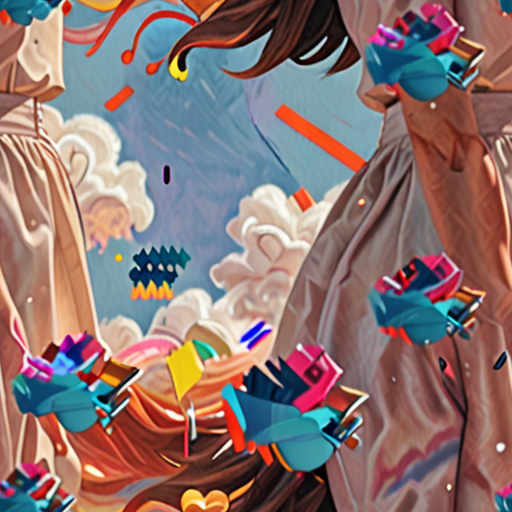
Techniques of New Media Art
New media art encompasses a diverse array of creative expressions that utilize electronic media technologies.
- Virtual Art: Explores the intersection of technology and reality, often incorporating virtual reality (VR), augmented reality (AR), and mixed reality (MR).
- Computer Graphics: Involves the creation of images or animations using computer software, frequently employed in film, television, and video game production.
- Computer Animation: Refers to the process of generating animated sequences using computers, commonly utilized in movies, TV shows, and commercials.
- Digital Art: Encompasses a broad range of creative expressions that rely on digital tools, including painting, drawing, sculpture, and photography.
- Interactive Art: Engages viewers through dynamic and responsive installations, often incorporating sensors, cameras, and other technologies.
- Sound Art: Focuses on the manipulation and presentation of sound as a medium, frequently incorporating music, noise, and silence.
- Internet Art: Explores the possibilities of online platforms and networks, often incorporating web-based installations, social media, and online communities.
- Video Games: A highly interactive and immersive medium that combines storytelling, gameplay, and visual effects.
- Robotics: Involves the design and construction of robots, which can be used to create interactive installations, perform tasks, or simulate human-like behavior.
- 3D Printing: Enables the rapid prototyping and fabrication of three-dimensional objects, often used in art, architecture, and product design.
- Immersive Installation: Creates an immersive environment that engages viewers through sight, sound, touch, and sometimes even smell and taste.
- Cyborg Art: Examines the relationship between humans and machines, often incorporating wearable technology, prosthetics, and other devices that blur the boundaries between body and machine.
These techniques continue to evolve and intersect, pushing the boundaries of what we consider “new media art.”
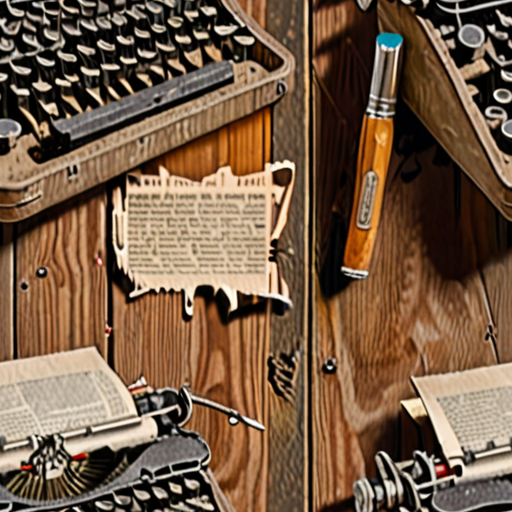
Characteristics of Mixed Media Art
Mixed media art is a type of visual art that combines two or more mediums or materials to create a unique piece.
- Collage: A collage is a mixed media artwork created by combining different materials such as paper, fabric, or found objects onto a surface.
- Assemblage: An assemblage is a three-dimensional mixed media artwork created by combining different materials such as wood, metal, or plastic.
- Sculpture: A sculpture is a three-dimensional mixed media artwork created by combining different materials such as clay, stone, or metal.
Mixed media artworks often feature a combination of different materials such as paint, fabric, paper, and found objects.
Key Characteristics of Mixed Media Art
- Experimentation: Mixed media art encourages experimentation and creativity, allowing artists to combine different materials and techniques to create something unique.
- Layering: Mixed media artworks often involve layering different materials and textures to create depth and interest.
- Texture: Mixed media artworks often incorporate different textures, such as smooth, rough, or tactile, to create a visually appealing effect.
- Symbolism: Mixed media artworks often incorporate symbols and metaphors to convey meaning and emotion.
Tips for Creating Mixed Media Art
- Start with a concept: Before beginning a mixed media project, consider what theme or idea you want to explore.
- Choose your materials: Select a variety of materials that fit your concept and experiment with different combinations.
- Don’t be afraid to try new things: Mixed media art is all about experimentation and taking risks.
- Have fun: Remember to enjoy the process and have fun with your mixed media project!
By incorporating these characteristics and tips into your mixed media art, you can create unique and visually striking pieces that showcase your creativity and skill.
Criteria for Mixed Media Art
Mixed media art is a dynamic and versatile form of expression that combines diverse materials and techniques to create visually striking pieces.
- Material Variety: Mixed media art often incorporates a range of materials, including paint, ink, paper, fabric, found objects, and digital elements.
- Technique Integration: Artists may employ various techniques, such as drawing, painting, printing, collage, and sculpture, to create complex textures and visual interest.
- Experimentation and Innovation: Mixed media art encourages experimentation and innovation, allowing artists to push boundaries and explore new ways of expressing themselves.
- Storytelling and Emotional Resonance: Effective mixed media art often tells a story or evokes emotions, inviting viewers to engage with the piece on a deeper level.
At Artfull Journey , we celebrate the diversity and creativity of mixed media art, offering resources and inspiration for artists looking to explore this exciting medium.
Key Characteristics of Mixed Media Art
- Layering and Texture: Mixed media art often involves layering different materials and techniques to create rich textures and visual interest.
- Contrast and Balance: Artists may use contrasting colors, shapes, and textures to balance and harmonize their compositions.
- Emphasis on Process: Mixed media art frequently highlights the process of creation, revealing the artist’s thought process and emotional journey.
- Interdisciplinary Approach: Mixed media art often blends different disciplines, such as fine art, craft, and design, to create something unique and innovative.
Examples of Mixed Media Art
Some notable examples of mixed media art include:
- Collage: A technique that involves combining disparate materials and images to create a new whole.
- Assemblage: A three-dimensional form created by combining found objects and materials.
- Digital Art: A medium that uses computer software and technology to create visual artworks.
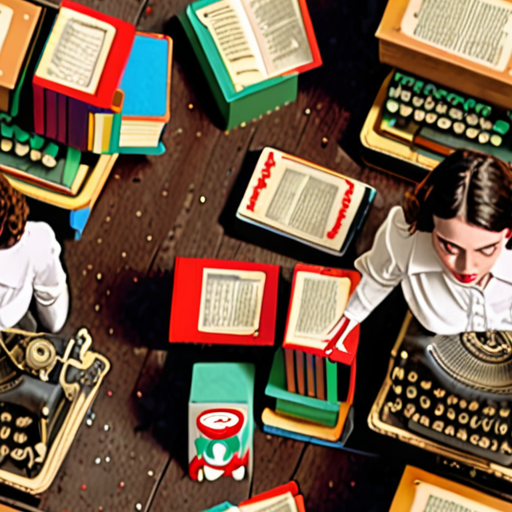
Difference Between Painting and Mixed Media
Painting and mixed media are two distinct art forms that have been practiced for centuries.
-
Painting
- Painting involves applying paint to a surface using a variety of techniques, such as brushing, dripping, or splattering.
- The primary medium used in painting is paint, which can be made from a range of materials, including oil, acrylic, watercolor, or tempera.
- Paintings can be created on a variety of surfaces, including canvas, paper, wood, or board.
- Painting styles can vary greatly, from realistic depictions of the world to abstract expressions of emotion.
-
Mixed Media
- Mixed media refers to a work of art that combines multiple artistic mediums, such as paint, ink, paper, fabric, found objects, or digital elements.
- Mixed media artworks often incorporate a range of textures, colors, and materials to create a unique visual experience.
- The use of mixed media allows artists to experiment with different techniques and push the boundaries of traditional art forms.
- Mixed media artworks can take many forms, from collages and assemblages to installations and performances.
In contrast to painting, mixed media artworks often require a more experimental approach, as artists combine disparate elements to create something new and unexpected.
While painting focuses primarily on the application of paint to a surface, mixed media incorporates a wide range of materials and techniques to create a richer, more complex artwork.
Ultimately, the choice between painting and mixed media depends on the artist’s goals, style, and creative vision.
Conclusion:
The distinction between painting and mixed media lies in their approaches to creativity and artistic expression.
Painting emphasizes the application of paint to a surface, while mixed media combines multiple mediums to create a unique visual experience.
By understanding these differences, artists can explore new ways of expressing themselves and pushing the boundaries of what is possible in the world of art.
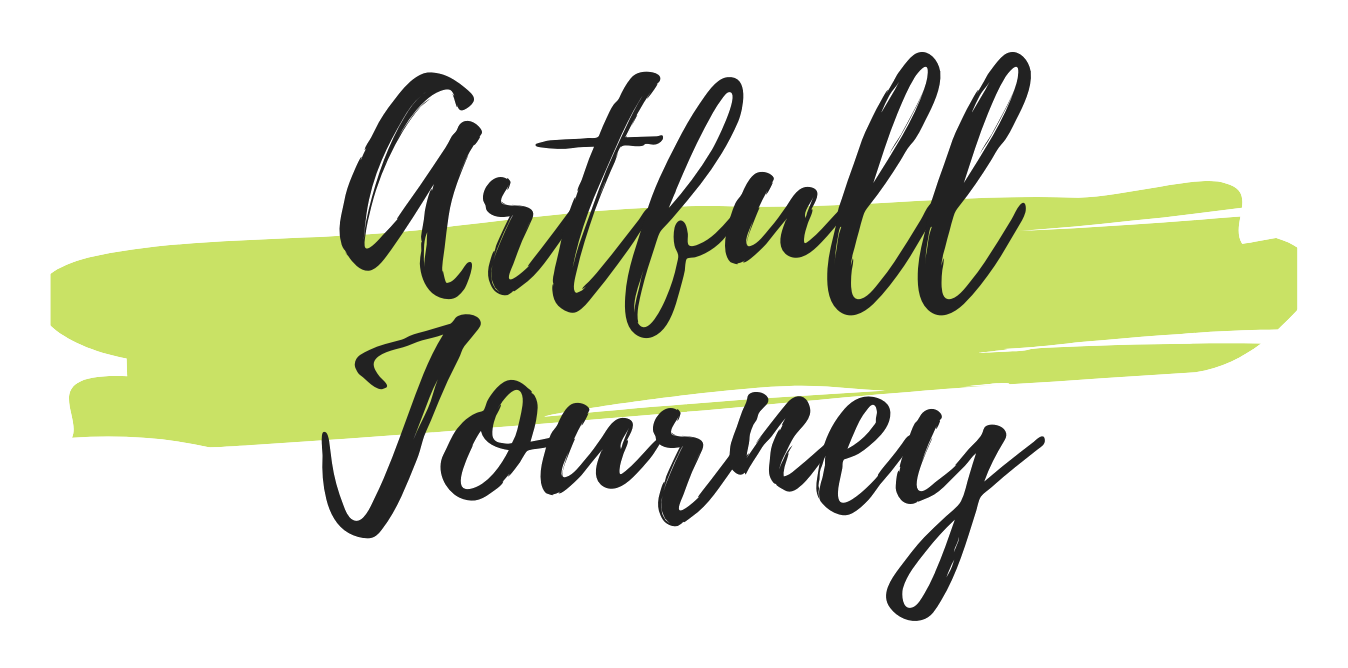
0 Comments